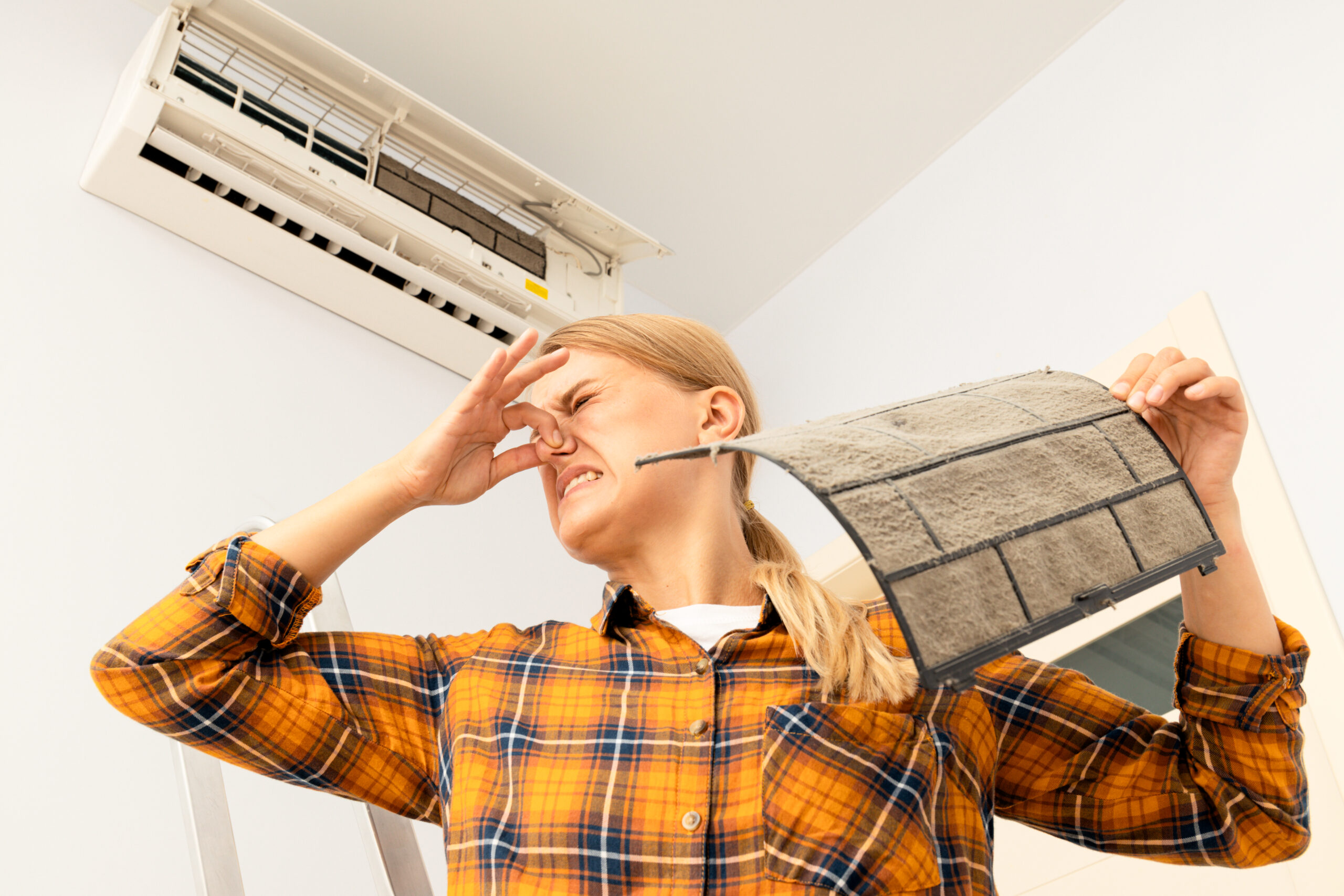Don’t Worry About Rolling Blackouts This Winter, Says The Operator Of The Electric Distribution Grid That Serves The Granbury Area (And Most Of The Rest Of Texas)
The Electric Reliability Council of Texas (ERCOT) this month released its projections for power usage for this winter. The organization says it expects to have sufficient electricity to meet peak demand during fall and winter.
“We are going into fall with about 2,100 megawatts of new generation resources in the system that we didn’t have this time last year, and we expect that there will be sufficient generation available to serve a range of possible scenarios,” said Ken McIntyre, ERCOT’s vice president of Grid Planning and Operations.
At normal usage, one megawatt of electricity can power roughly 300 Texas homes, according to state economic development officials.
Last winter got a little nerve-wracking when a bone-chilling polar vortex dipped down into Texas. Do you remember January 6, 2014? The low in Granbury hit 13, and the high for the day barely crept up to 32 degrees. Across the state, the cold snap caused outages at several power plants. ERCOT issued a “level 2” Energy Emergency Alert, calling on utility customers to conserve electricity to avoid power outages across the system.
Thankfully, Texans took heed of the warning and backed off on their power use temporarily. Had the cold snap gotten worse, and demand for power continued to skyrocket, ERCOT could have issued a level 3 alert and initiated rolling blackouts. Rolling blackouts, usually lasting 10 to 45 minutes before being shifted to another neighborhood, help prevent region-wide outages.
Just in case another teeth-chattering polar vortex arrives, keep in mind these emergency tips from ERCOT to conserve electricity:
- Keep your thermostat as low as is comfortable, preferably no higher than 68 degrees.
- Turn off and unplug non-essential lights and appliances.
- Avoid running large appliances such as washers, dryers and electric ovens during peak energy demand hours (6-9 a.m. and 4-8 p.m.).
- Close shades and blinds at night to reduce the amount of heat lost through windows.
- Businesses should minimize the use of electric lighting and electricity-consuming equipment as much as possible.
- Large consumers of electricity should consider shutting down or reducing non-essential production processes.








